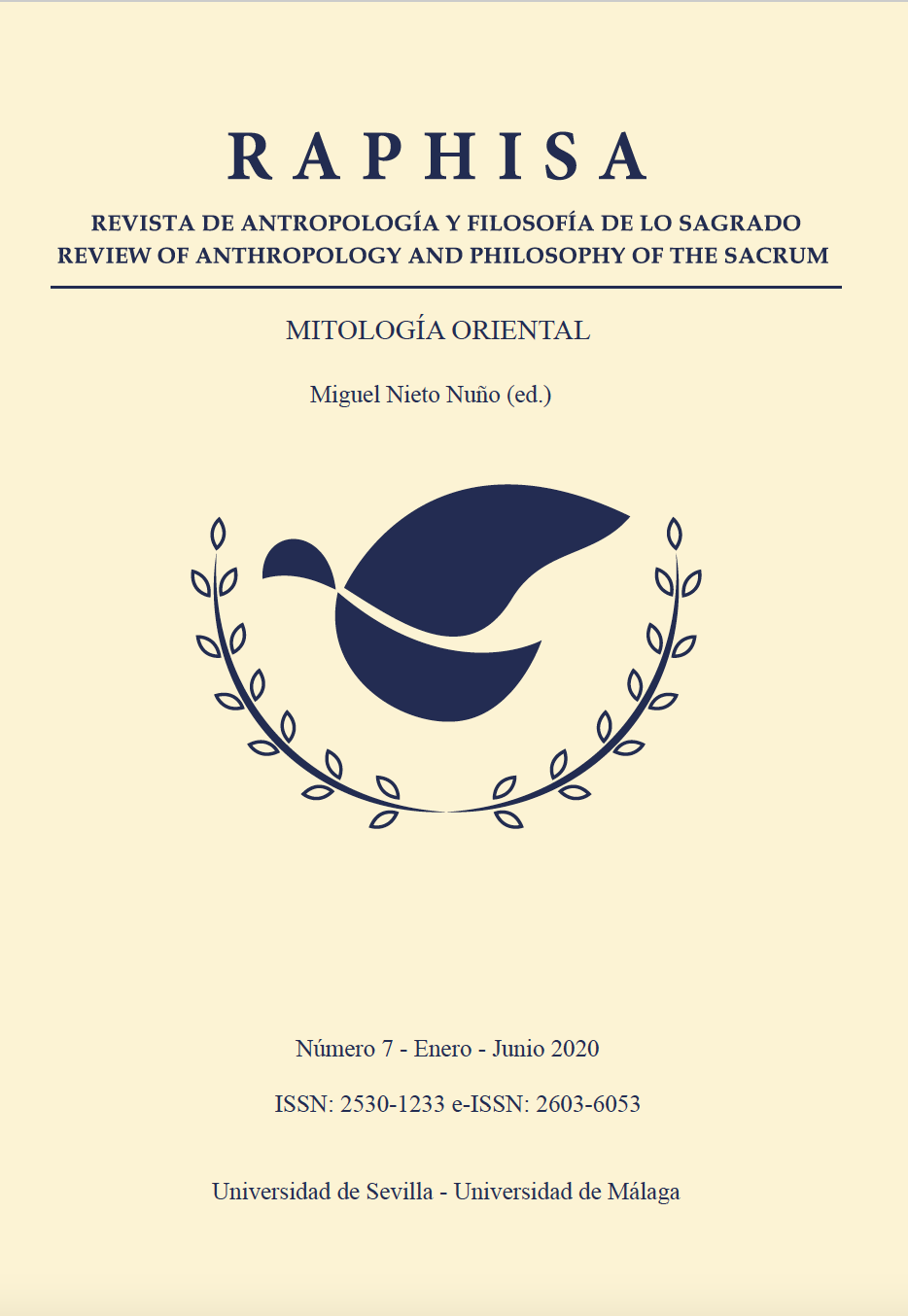BETWEEN THE KAMI AND THE EMPERORS -A HISTORIOGRAPHIC ANALYSIS OF THE RELATIONSHIP BETWEEN ARCHAEOLOGY AND MYTHOLOGY IN MODERN JAPAN
DOI:
https://doi.org/10.24310/Raphisa.2020.v4i1.11215Abstract
This paper analyze the relations between archaeology, a discipline that was institutionalized in Japan during the Meiji period (1868-1912), and the collected stories defined as “Japanese mythology”. As discussed here, Japanese archaeology established from its origins two discursive spaces, one created exclusively from archaeological knowledge, and another, of myth-historical character, which relied on the chronicles compiled by political power during antiquity. Mythological studies in a strict sense arise in Japan at the beginning of the 20th century, a time when the new Meiji State had already incorporated the mythical stories into the teaching of Japanese history. Given the political use of this narrative, the Japanese archaeological community will not constitute a monolithic entity, varying its reactions between revisionism, fervent collaborationism, and silence.
Downloads
Metrics
Downloads
Published
How to Cite
Issue
Section
License
License permitted by the journal: Public Domain. Authors retain the copyright and full publishing rights without restrictions.






